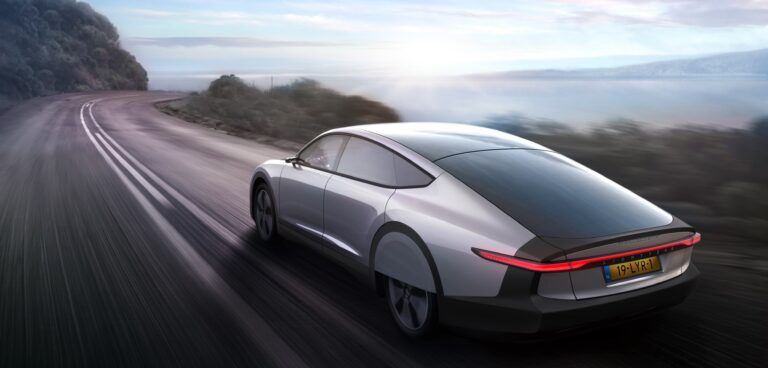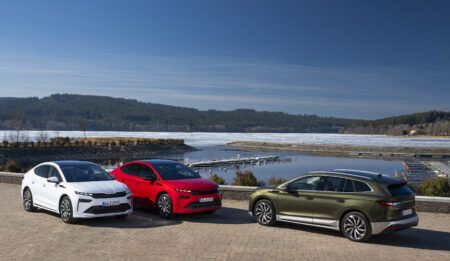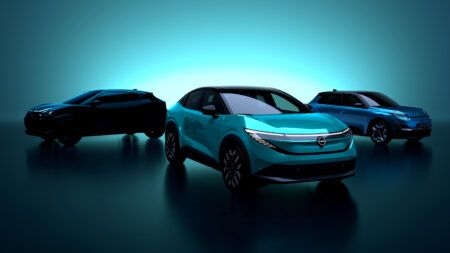Powered by the sun and capable of up to 725km (450 miles) of range, the Lightyear One is an electric car that charges itself and could rewrite the way alternative energy is harnessed for EVs.
The world’s first long range, solar powered electric production car designed by Dutch electric vehicle startup, Lightyear, which began in 2016, is an ultra-aerodynamic five-seater sedan featuring five square meters of solar cells covering the roof and hood that are able to provide the car with 12km per hour of range.
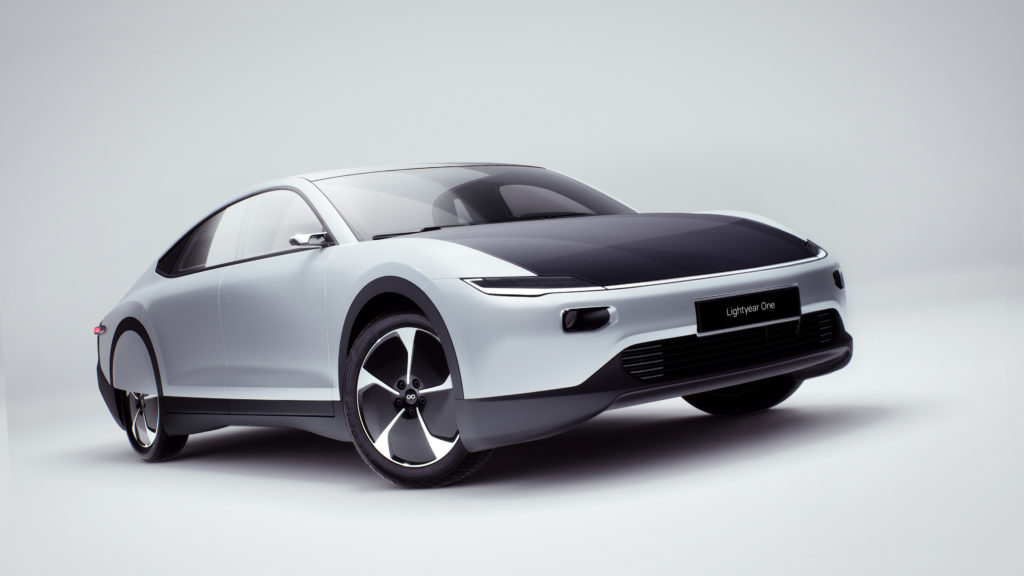
While the Lightyear One also has the ability to be charged via household socket or fast charger, the solar panels will not only reduce charging times, but also be able to provide energy while as it continually charges itself as the car is driving or sat idle. Lightyear claims it could generate around 50-70km of extra range on a summer’s day. For some users who might only drive shorter distances, the solar panels could provide enough energy that owners might hardly ever have to plug it in.
The vehicle uses four separate in-wheel electric motors to minimize the amount of energy lost from motor to wheel and can launch from 0-100km/h in 10 seconds.
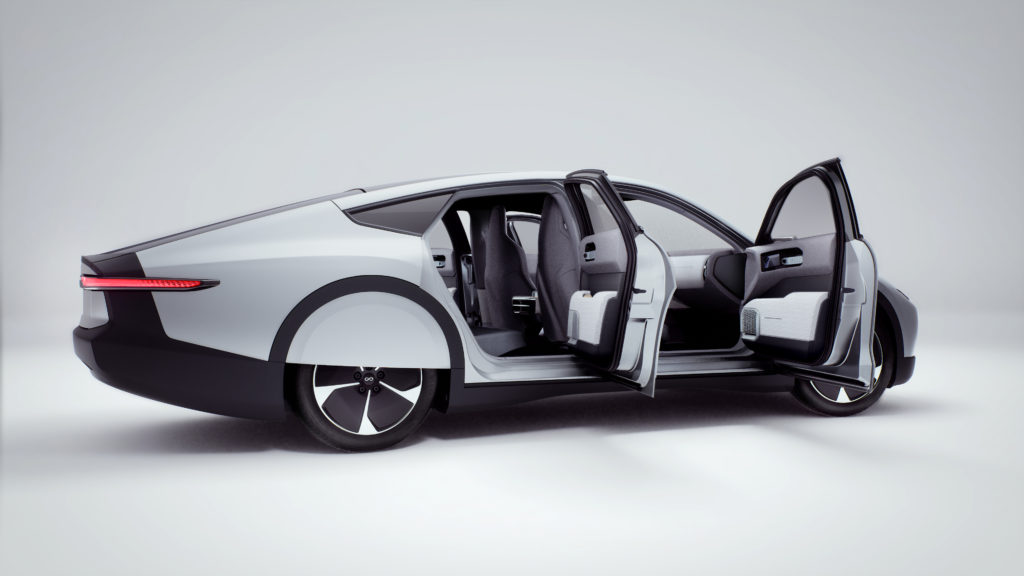
The vehicle’s design is also an important aspect of its efficiency. The sleek design offers enhanced aerodynamics with a low drag coefficient, and is built from aluminum and carbon fiber to lower its weight and consume less energy.
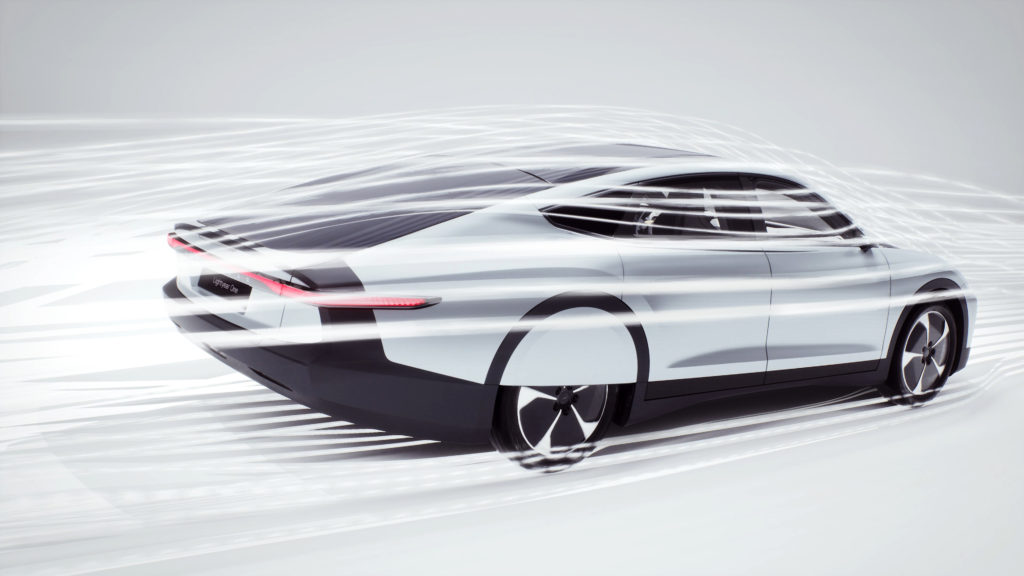
The benefit of not having to plug in not only saves on energy costs and resources, but it also free owners from the grid and will mean they won’t have to worry about finding a charging station nearby, or necessarily compete for parking spaces with charging stations.
However, it comes at a cost. The Lightyear One will be built in in only limited 500 runs and has a reservation fee of €119,000 (US$127,000) with a production date of 2021, launching in Europe first then other continents such as the United States later.


